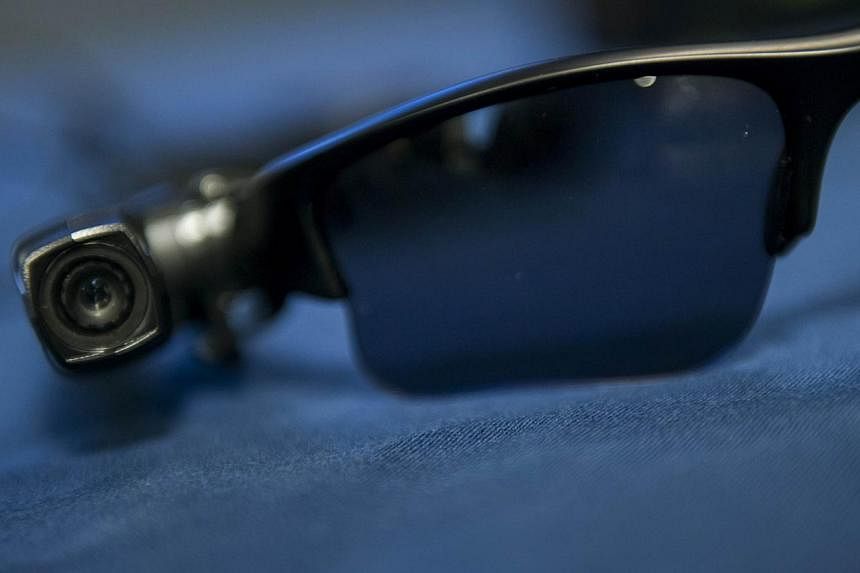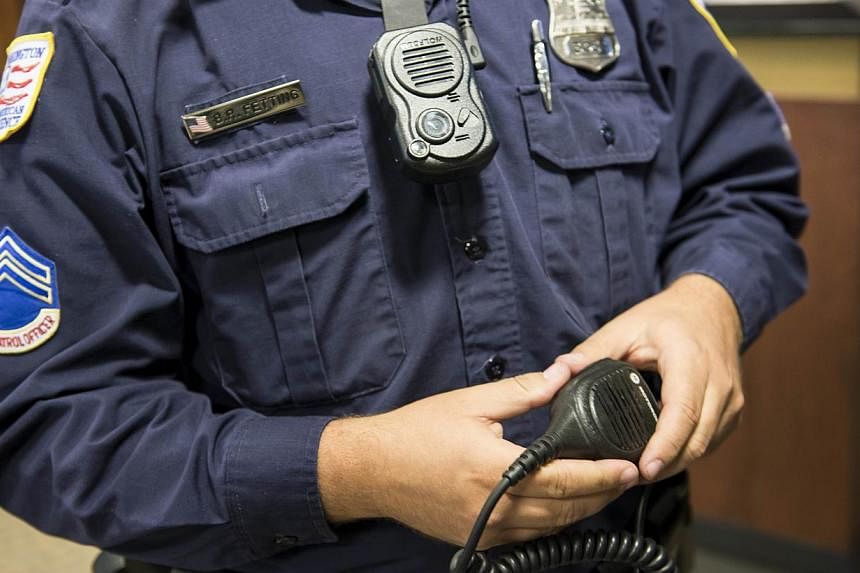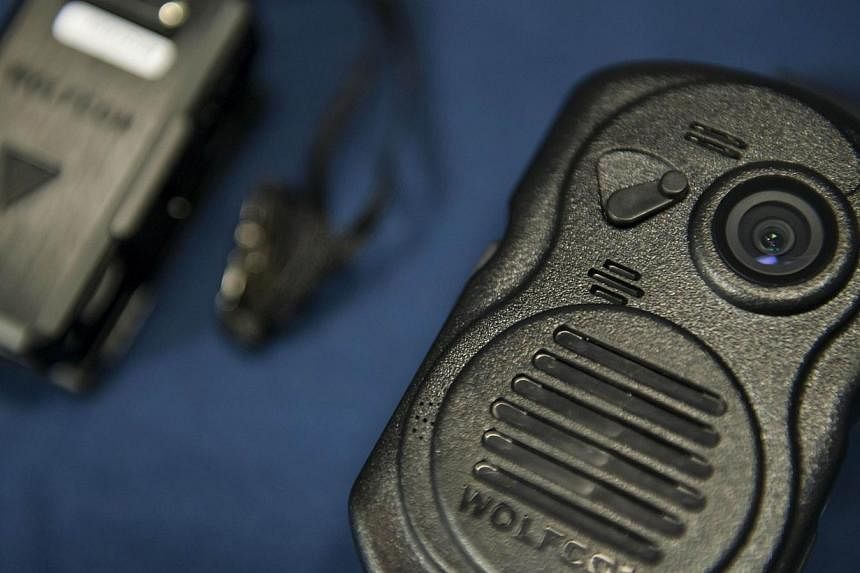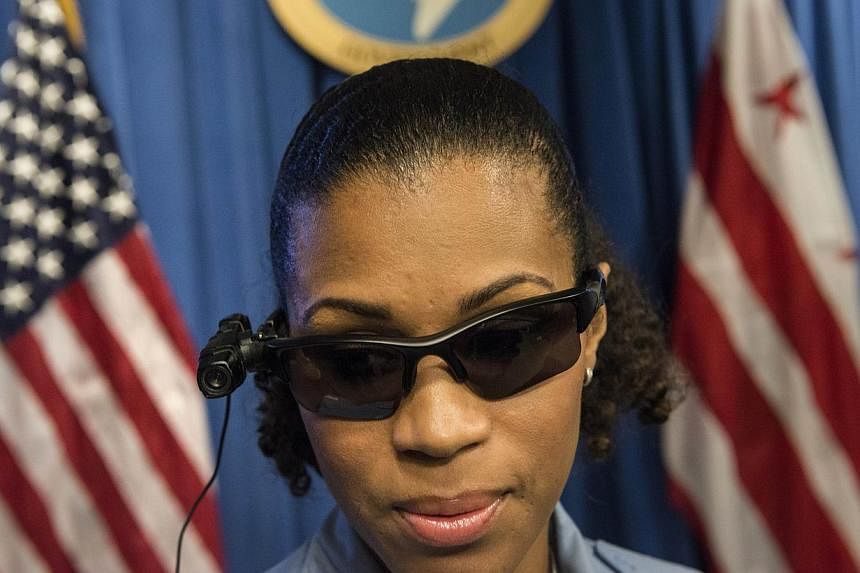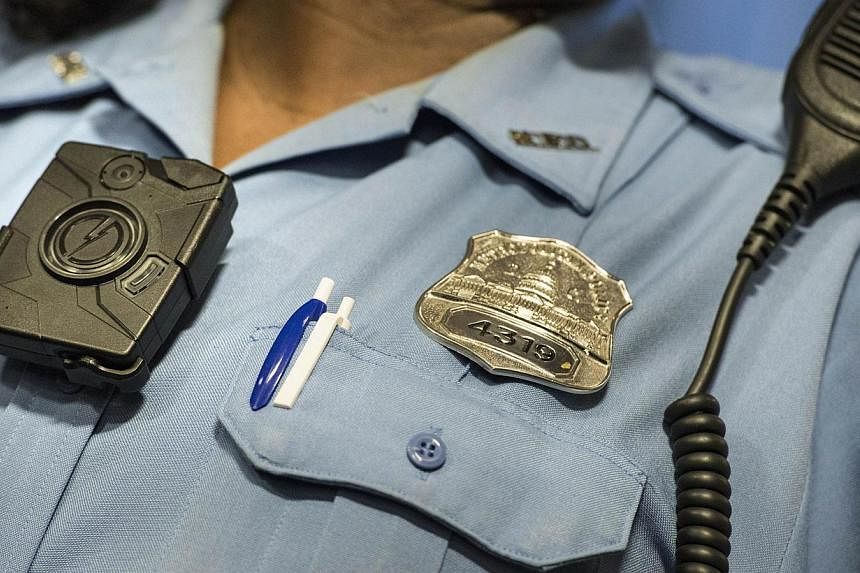|
WASHINGTON (AFP) - US President Barack Obama is proposing a three-year, US$263 million (S$343 million) investment package that will increase the use of body-worn cameras and expand training for law enforcement agencies following the racially charged fatal shooting of a black teenager in Ferguson, the White House said.
The August death of 18-year-old Michael Brown in Missouri revived long-standing questions about how police, especially white officers, interact with African Americans.
However, the president - who met with civil rights and law enforcement leaders on Monday amid ongoing protests over a grand jury decision not to charge the white police officer in the shooting - ruled out reducing federal sales of surplus military equipment to police forces.
Instead the president said he would issue an executive order with new guidance for the controversial program, which sparked renewed debate after images during the first protests in Ferguson showed police perched on armored trucks aiming rifles at demonstrators.
"We found that in many cases, these programs actually serve a very useful purpose," said White House spokesman Josh Earnest, citing the example of Boston police drawing on military-grade equipment after the bombings at the city's marathon in April 2013.
Calls for police officers to wear micro-cameras fitted to uniforms have mounted since Brown was killed.
As part of the initiative, a partnership program would provide a 50 per cent match to states and localities who purchase body-worn cameras.
The goal of the investment is to have 50,000 more body cameras in use within three years, the White House said in a statement.
Obama called on Congress to work with him to ensure police forces are "adequately resourced for the training and the technology that can enhance trust between communities and police."
Body cameras are already worn by police officers in some US cities, such as Laurel, Maryland. Their use is being tested in New York and Washington. In the Washington program, recordings not used for investigations are destroyed within 90 days.
A petition posted to the White House petition, calling for the cameras to be deployed nationally, already has more than 150,000 signatures.
- Different this time -
The US president also announced a task force aimed at improving relations between police and the communities they serve, tasked with presenting its recommendations within three months.
"This time will be different," Obama insisted, while recognising that previous task forces have failed to achieve tangible progress.
Obama, who met with young activists, said he was hit hard by their descriptions of their experiences.
"It violates my belief in what America can be to hear young people feeling marginalized and distrustful, even after they've done everything right. That's not who we are," the president said.
His attorney general, Eric Holder, announced later on Monday in a speech in Atlanta he would issue new guidance on racial profiling by federal law enforcement.
He said he would "institute rigorous new standards - and robust safeguards - to help end racial profiling, once and for all." Protesters around the United States demonstrated Monday with their hands in the air in grim tribute to Brown.
As part of the "Hands Up Walk Out" campaign, thousands of protesters gathered at universities and workplaces for mid-day demonstrations around the time Brown was killed on Aug 9.
In New York, hundreds of young mostly white students sat for a minute of silence in Times Square before chanting "hands up, don't shoot" and "no justice no peace."
|
